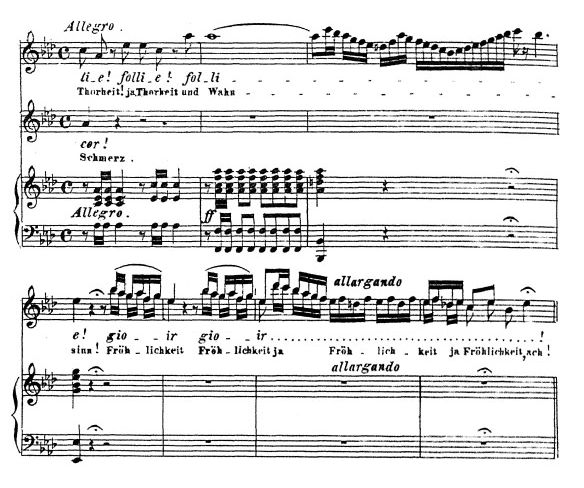
Falsetto Voice . . . What Is It?
Falsetto voice? What is it? Is it a voice that is somehow false or less than the “chest voice?” Actually, it is very much a real voice!
The sound or texture associated with the falsetto voice is produced by muscles (crico-thyroid and vocal cords) located in the laryngeal area in the throat. When the crico-thyroid muscle is mostly isolated it gives us the sound called “falsetto.” This sound is produced by the muscle responsible for lengthening and stretching the vocal cords to meet the requirements of pitch.
Falsetto is half of our vocal instrument; needed for one to be able to sing on pitch. Without this muscle active, developed, and coordinated with the closer muscle, then we end up hurting ourselves through unhealthy acrobatics as we try to make the other half of the voice do the work that was meant for the whole voice to do.
So, falsetto is necessary. And, it is not just a sound that men make when imitating a woman. Both men and women have a “falsetto voice” because both men and women have a crico-thyroid muscle from whence the falsetto texture arises.
The falsetto voice in its pure undeveloped state: ranges from the B below middle C to the B above, is produced only on an [oo] vowel, has a duration of 2 or 3 seconds, and a high rate of breath expulsion. The crico-thyroid muscle, as it stretches the cords, also opens the cords. Thus, the need for the closer muscle to do its job if we are ever going to be able to sing with economical use of the breath as well as stability, volume, and power.
As the stretcher muscle or “falsetto” is exercised, there is coordination with the closer muscle. The coordination with the closer muscle means there is opposition like when we lift weights. This opposition strengthens the falsetto, and it begins to be able to be sustained for longer periods of time. One is able to sing an [i], [e], [oh] and finally an [ah] vowel as well as consonants and words. The cords close more and check the airflow. The range extends. The falsetto gains ability to have vibrato.
We can sing in this falsetto voice, using it for beautiful effect. The crico-thyroid muscle system responsible for producing falsetto can also coordinate with the arytenoid muscle system to bring the cords into a balanced equilibrium providing us with a beautiful full voice.
about the author
Allen Rascoe Allen has been enjoying singing since he was a little kid. He officially studied voice at ECU and USC. However, he ran... Read More

RECENT ARTICLES
-

Career Your Opportunities for a Fulfilling Career in Singing
-

Basic Skills, Beginners, Tips Tips To Improve Your Singing Voice
-

Exercises, Warmups 10 Vocal Warm-ups to Change the Way You Sing
-

Basic Skills, Beginners, Exercises, Songs, Voice Teachers, Warmups What is My Vocal Range – Identify, Master and Expand Your Range
RECENT IN KNOWLEDGE
Recent Topics
- Beginning Voice Lessons (1)
- Breathing Techniques (1)
- Confidence (1)
- Experienced Teacher (1)
- Kids Singing Lessons (1)
- Musical Career (1)
- Practice (1)
- Private Lessons (1)
- Professional Singer (2)
- Sing (1)
- Singing Teachers (2)
- Style (1)
- Teach Online (1)
- Vocal Exercises (1)
- Vocal Health (1)
- Vocal Music (1)
- Vocal Pitch (3)
- Vocal Range (4)
- Voice Coach (1)
- Voice Exercises (2)
- Voice Training (4)
- Young Vocalist (1)
Categories
- Basic Skills (7)
- Beginners (8)
- Career (2)
- CCM (1)
- Contemporary Commercial Music (1)
- Crossing Over (1)
- Exercises (2)
- Online Lessons (3)
- Online Voice Lessons (1)
- Songs (2)
- Students (6)
- Tips (4)
- Vocal Coaches (1)
- Voice Teachers (2)
- Warmups (2)
Testimonials

















